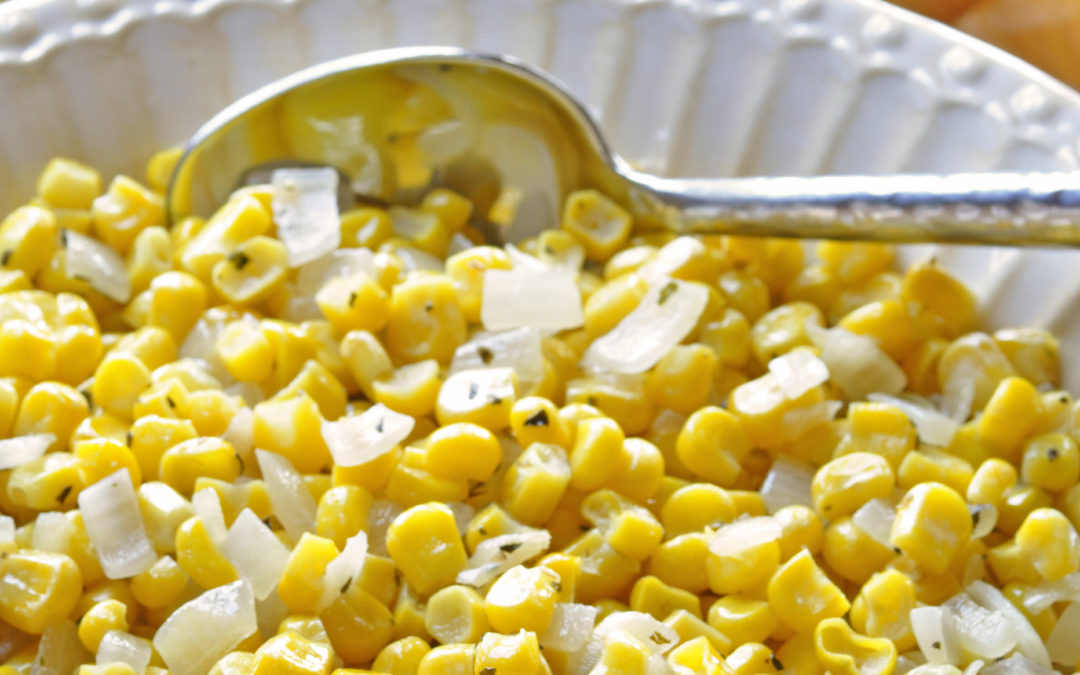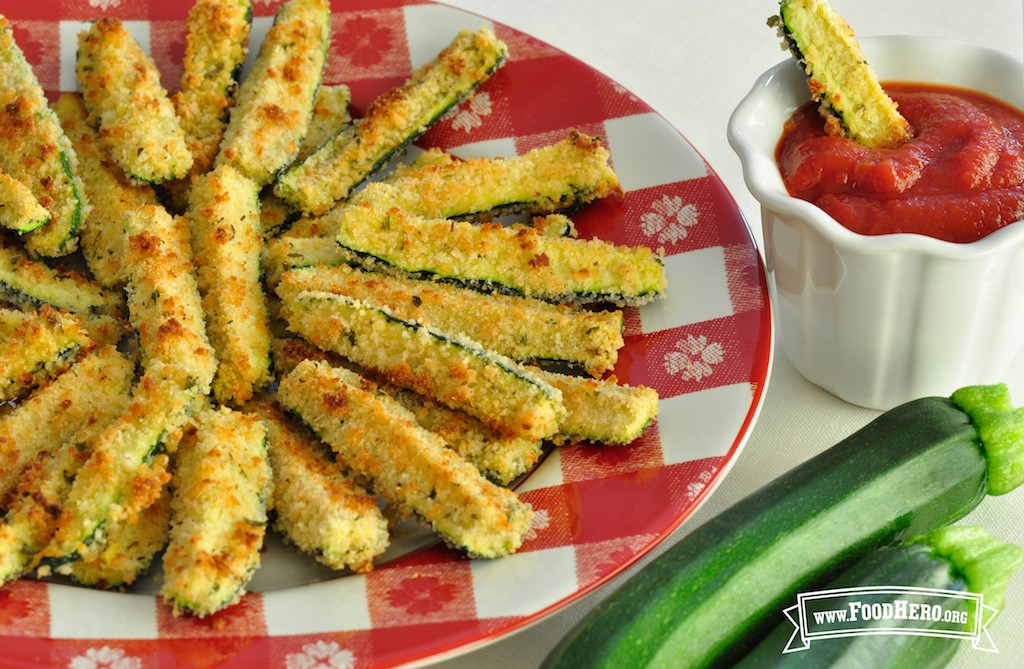
by Guest | Sep 22, 2021 | Recipes
Number of servings: 4 servings (8 muffin halves)
Prep Time: 15 minutes
Cook Time: 15 minutes
Ingredients
- 4 English muffins
- ¼ cup onion, finely minced
- 1 cup mushrooms, chopped
- 1 ½ teaspoons oil
- ½ pound asparagus, trimmed and sliced crosswise into 1/2 inch rounds
- ½ teaspoon ground thyme or oregano or basil
- 1 ½ teaspoons vinegar
- dash of salt and pepper
- ¾ cup mozzarella cheese, shredded (3 ounces)
Directions
- Toast muffin halves and place on a baking sheet in a single layer.
- In a large skillet over medium-high heat, sauté onions and mushrooms in oil, stirring often, until just beginning to brown.
- Add asparagus, seasoning and vinegar. Sauté, stirring often, until asparagus is barely tender. Season lightly with salt and pepper.
- Divide the vegetable mixture equally onto the muffin halves. Top each muffin with shredded cheese.
- Broil muffins until the cheese melts. Watch carefully to avoid burning.
- Refrigerate leftovers within 2 hours.
Recipe & Photo Source: https://www.foodhero.org/recipes/asparagus-mushroom-melt

by Guest | Sep 20, 2021 | Being Well
September is National Suicide Awareness month. This topic is much more important when coupled with the traumatic stress that most of us have faced during the ongoing pandemic.
One of the top 10 causes of death for Oregonians is suicide. Oregon has more deaths each year from suicide than motor vehicle accidents. There are more than 600 deaths by suicide and more than 1,800 hospitalizations due to suicide in Oregon each year. [1] The friends and family members (suicide loss survivors) left behind are forced to navigate the tragedy of loss. In many cases, suicide loss survivors are left in the dark. Too often the feelings of shame and stigma prevent them from talking openly.
Suicidal thoughts, much like other mental health conditions, can affect anyone regardless of age, gender, sexual orientation or background. In fact, suicide is often the result of pain from an untreated mental health condition. Suicidal thoughts, although common, should not be considered normal and often indicate more serious issues.
Crisis resources
- If you or someone you know is in an emergency, call 9-1-1 immediately.
- If you are in crisis or are experiencing difficult or suicidal thoughts, you can call the National Suicide hotline/Lines for Life (Oregon) at 1-800-273-TALK (8255).
- If you are uncomfortable talking on the phone, you can text 273TALK to 839863 at Lines for Life in Oregon. They also have veteran’s and teen peer support available by phone or text message.
Know the warning signs
Any person exhibiting these behaviors should get help immediately:
- Threats or comments about killing themselves, also known as suicidal ideation, can begin with seemingly harmless thoughts like “I wish I wasn’t here” but can become more overt and dangerous
- Increased alcohol or drug use
- Aggressive behavior
- Social withdrawal from friends, family and the community
- Dramatic mood swings
- Talking, thinking or writing about death
- Impulsive or reckless behavior
- Putting their affairs in order and giving away their possessions
- Saying goodbye to friends and family
- Mood shifts from despair to calm
- Planning, possibly by looking to buy, steal or borrow the tools they need to commit suicide, such as a gun or prescription medication
If you are unsure, a licensed mental health professional or your primary care provider can help assess risk. These services are a covered benefit with many insurance plans, including Oregon Health Plan.
Risk factors for suicide
Research has found that about 90 percent of individuals who die by suicide are experiencing mental illness. A variety of things may put a person at risk of suicide, including:
- A family history of suicide.
- Substance abuse — drugs and alcohol can result in mental highs and lows that exacerbate suicidal thoughts.
- Intoxication – more than one in three people who die from suicide are found to be currently under the influence.
- Access to guns.
- A serious or chronic illness.
- Gender – although more women than men attempt suicide, men are four times more likely to die by suicide.
- A history of trauma or abuse.
- Prolonged stress.
- Isolation.
- Age – people under age 24 or above age 65 are at a higher risk for suicide.
- A recent tragedy or loss.
- Agitation and sleep deprivation.
Can thoughts of suicide be prevented?
Mental health professionals are trained to help a person understand their feelings and can improve mental wellness and resiliency. Depending on their training, they may be able to provide additional ways to help including:
- Psychotherapy, such as cognitive behavioral therapy and dialectical behavior therapy, can help person with thoughts of suicide by recognizing unhealthy patterns of thinking and behavior, validate troubled feelings and learn coping skills.
- Medication may also be used if necessary to treat underlying depression and anxiety and can lower a person’s risk of hurting themselves. Depending on the person’s mental health diagnosis, other medications may be used to alleviate symptoms.
One difficult conversation can save a life
Have this crucial conversation with someone you love, you can talk with passion and strength around suicide prevention. The truth is, we can all benefit from honest conversations about mental health conditions and suicide, because just one conversation can save a life.
[1]https://colpachealth.org/about-us/regional-health-improvement-plan
AUTHOR: Patti Atkins, APR, communications consultant for Tillamook County Community Health Centers

by Guest | Sep 15, 2021 | Recipes
Prep Time: 5 min
Cook Time: 10 min
Ingredients
- 1 Tablespoon margarine or butter
- 4 cups corn (try frozen, canned and drained, or fresh, cut off the cob)
- 1 cup chopped onion
- ¼ teaspoon dried oregano
- ¼ teaspoon dried basil
- ¼ teaspoon each salt and pepper
Directions
- Heat margarine in medium skillet over medium-high heat (350 degrees in an electric skillet).
- Add corn, onion, oregano, basil, salt and pepper. Stir to coat evenly.
- Cook uncovered until onion is tender and corn is heated through, about 5 to 10 minutes.
- Refrigerate leftovers within 2 hours.
Notes
- 1 cup corn (canned and drained, frozen, or fresh cooked).
- Add chopped bell pepper for more color.
Photo and Recipe Source: https://foodhero.org/recipes/sauteed-corn-and-onion

by Guest | Sep 15, 2021 | Being Well
A high score is usually a good thing but not when it comes to the number of adverse childhood experiences, or ACEs, a person has. According to research, a person’s ACE score directly corresponds with their risk for obesity, type 2 diabetes, heart disease, and even cancer. It makes sense that factors like divorce, death of a caregiver, verbal or sexual abuse and other traumatic exposure affect a person’s emotional and mental well-being. What we now know, however, is that this exposure can also impact an individual’s physical health over the course of their lifetime. And, that risk can be passed on to future generations through a process called epigenetics.
There is some good news, however. Protective factors like healthy relationships, school success, a spiritual practice and other positive social supports can offset some of these early challenges. The best news is that your ACE score isn’t your whole story; you can write your own happy ending.
Mariah Decker, or Mrs. Decker, as her students referred to her during her eight years as an educator, did just that. Despite starting out life with a very high ACE score, Mariah has been able to build a life of joy, fulfillment, and better health.
From age 14 into her early-twenties Mariah struggled with crippling depression and anxiety. Aside from going to work or school, she was unable to leave the house. “A lot of people didn’t know because I didn’t talk about it. I was terrified to go to the doctor; I didn’t want to be put on medication, be put on someone’s caseload, and forgotten about.”
Sick and tired of being sick and tired, Mariah gradually began a process to take control of her own life. She began to see the connection between those early childhood experiences and her mental and physical condition. “I wasn’t healthy and I wasn’t happy with myself. I weighed 80 pounds more than I do today and was so big that, even though I am only five feet tall, I was wearing my husband’s clothing. I avoided mirrors and didn’t like having my picture taken.” Well intended people gave her advice, encouraging her to start exercising. “People would tell me I just needed to move more and I would think, ‘Why would I want to move all of this?’ I didn’t feel comfortable enough in my body to want to move it that way.”
To get past the frustrations over her physical and mental health challenges, Mariah, began to focus on being grateful for the things she did have. She understood that her strong work ethic and early academic success gave her resilience but she also realized how much her early trauma was keeping her from living the kind of life she desired.
At the age of 20, Mariah began working for the Tillamook School District (TSD9). Acknowledging the fact that early childhood exposure to trauma also impacts learning, TSD9 had brought ACEs training to their district staff and teachers. Mariah was fortunate enough to take part in that training, which led to a better understanding of her own journey.
As a computer teacher, Mariah had a unique opportunity to work with every student at South Prairie Elementary School. Her heightened awareness around ACEs allowed her to recognize individual student’s needs. This helped her create meaningful connections with each student and be a positive support in their lives. “If even one kid in my classroom felt loved, then I considered that a success.”
In addition to ACEs training, TSD9’s staff development included setting annual professional goals with the option to include personal goals as well. The goal setting system provided a good opportunity for Mariah to tackle her personal challenges. Rather than setting weight loss goals, Mariah decided to take a different approach. “I decided to get my brain in order first,” she says. Looking up one inspirational quote each day, she found a saying that resonated: You can’t pour from an empty cup. Mariah decided it was time to fill her cup.
This was only the beginning of Mariah’s story. Read next week’s article to learn how taking one small step opened the door to profound personal transformation.
AUTHOR: Michelle Jenck, Tillamook County Wellness Coordinator
Photo Credit: Andrea Rieger of Golden Hour Images
For more local health and wellness information, follow Tillamook County Wellness on Facebook, Instagram and Twitter.

by Guest | Sep 8, 2021 | Recipes
Prep Time: 20 min
Cook Time: 15 min
Ingredients
- 4 medium zucchini
- 2 eggs
- ½ cup water
- ¼ cup finely grated parmesan cheese
- 1 ½ cups bread crumbs
- 1 Tablespoon dry Italian herbs
Directions
- Cut zucchini into long sticks, about 3 inches long.
- Microwave zucchini for about 3 minutes. Pat zucchini sticks dry with a paper towel.
- Mix eggs and water together in a small bowl. Mix cheese, bread crumbs and herbs together in another small bowl.
- Dip zucchini sticks first into the egg mixture and then into the bread crumb mixture.
- Arrange zucchini in rows on a metal baking sheet that has been sprayed with cooking spray. Broil zucchini sticks for about 12 to 15 minutes, turning once while cooking.
- Refrigerate leftovers within 2 hours.
(Recipe adapted from Nutrition Matters)
Notes
- Try with warm marinara sauce or ketchup.
Photo & Recipe Source: https://www.foodhero.org/recipes/baked-zucchini-sticks





